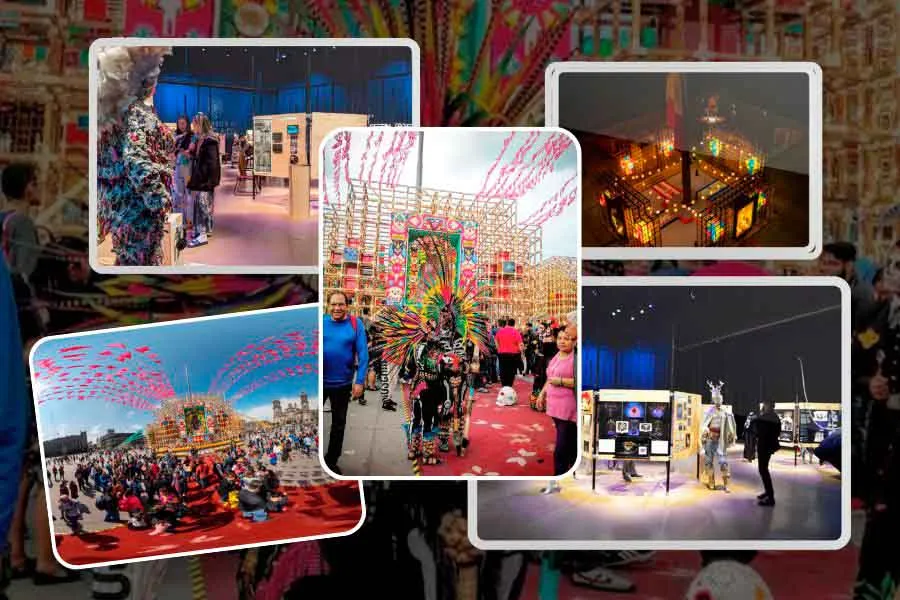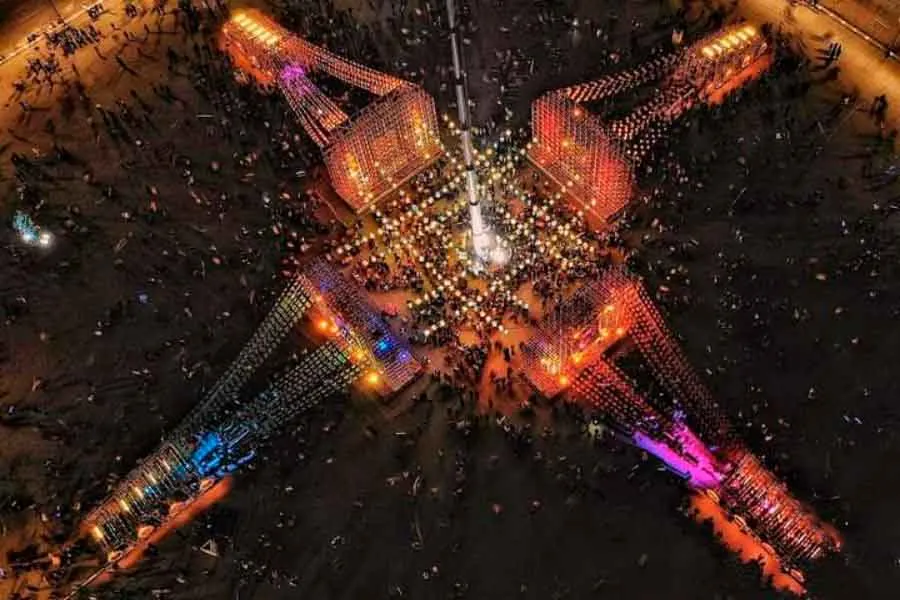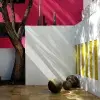Vladimir Maislin, professor of art education at Tec de Monterrey’s Mexico City campus, has won first place in the Space Design category of the professional exhibition awards list of the World Stage Design 2022 (WSD 2022) competition.
The WSD 2022 organizing committee named the Tec professor the winner for his project entitled “Altar of Altars.” His work stood out from among 158 submitted designs presented by 128 designers from 35 different countries.
In 2019, the “Altar of Altars” project was chosen from among 280 proposals nationwide to be the monumental Day of the Dead offering in Mexico City’s main square.
“It was a huge job. Many people worked on the month-long construction of the monumental offering,” Maislin told CONECTA.

Olympics of stage design
The World Stage Design contest is considered the Olympics of stage design, as it’s held every four years at international venues where the very highest quality artistic projects are exhibited and compete for prizes.
It’s known as the first and only designer-based exhibition which both showcases and celebrates set design by individual designers.
The fifth World Stage Design competition was held at the University of Calgary in Canada from August 6 to 16, 2022.
The “Space Design” category honors artists whose works go beyond conventional notions of stage design.
Professor Maislin worked on exhibiting the project with Tec students from its Mexico City campus, highlighting the work of Alejandro Gloria, a Digital Art student, in his role as Animation Artist.
“Working on the exhibition video gave me a true understanding of what a real professional job is like, as well as the challenge of capturing the professor’s vision in the best possible way,” Alejandro Gloria said.

About the Altar of Altars project
The Day of the Dead is one of Mexico’s most emblematic celebrations, although it could be considered so much more than a celebration. It’s a series of traditions that reveal the diversity of cultural identities, said the professor.
“Altar of Altars” was a monumental offering measuring 10,000 square meters in the capital city’s main square. It consisted of four large-scale altars including representations of the Yaqui, Maya, Huastec, and Purépecha cultures.
The professor from the department of Student Leadership and Education (LiFE) said that he wanted to create an experience which would both generate knowledge and reactivate memory in the main square, a space of great historical importance.
Seen from above, it forms the shape of a cross which symbolizes the “four directions” found in Mexica codices. Four sculptures, representing the main mythical abodes of the Aztec dead, were also included.
The offering included paths with seven levels leading to the altars. A narrative was constructed within each one, including images, objects, smells and flavors, the life story of a person, and the ancient history of different peoples.
“I wanted to create an experience which would both generate knowledge and reactivate memory in Mexico City’s main square, a space of great historical importance.”
A representation of Mexican culture
“I really like to share what I know and learn from others, so this project also had a pedagogical aspect, aiming to show how this tradition is experienced in different regions across the country,” said the professor.
At the heart of the offering was an illuminated space considered “a square within the square” for celebration, as is the tradition in many towns.
“This project displays my interdisciplinary background. I wanted people to be surprised by altars they hadn’t seen before,” Professor Maislin concluded.
Artisans, social collectives, engineers, and civil protection employees all worked together on the installation and helped construct the artwork.
About Professor Vladimir Maislin
Maislin is an interdisciplinary Mexican artist who graduated with a degree in Set Design from the National School of Theater Arts (INBA) and holds a master’s degree in Visual Arts from the UNAM.
He has worked as a director and as a set, lighting, and costume designer at more than 50 national and international venues.
For the past 15 years, he has taught art education at Tecnológico de Monterrey’s Mexico City campus and currently coordinates the Visual Arts Workshop.
YOU’LL DEFINITELY WANT TO READ:





